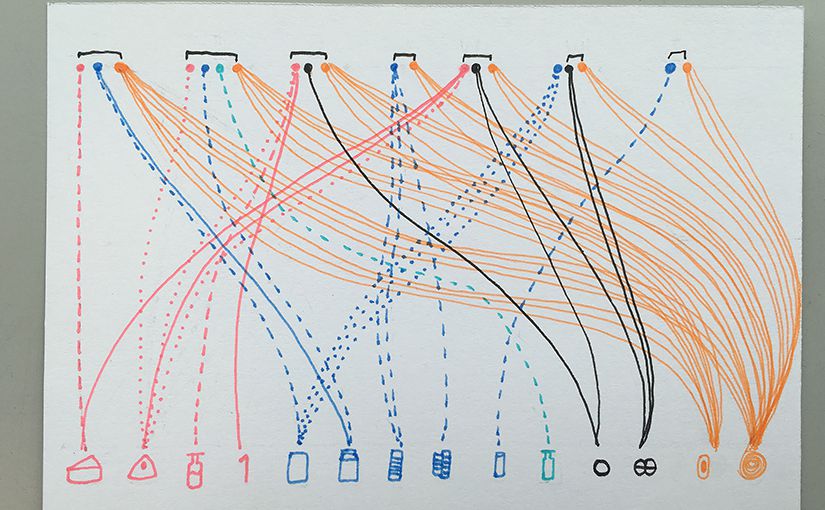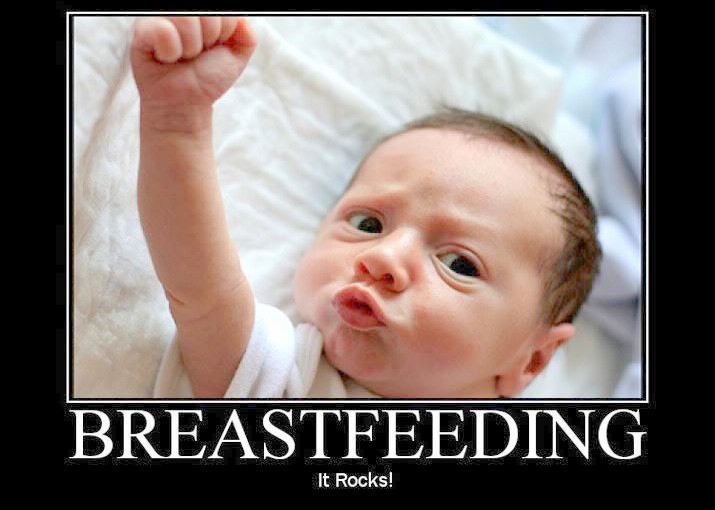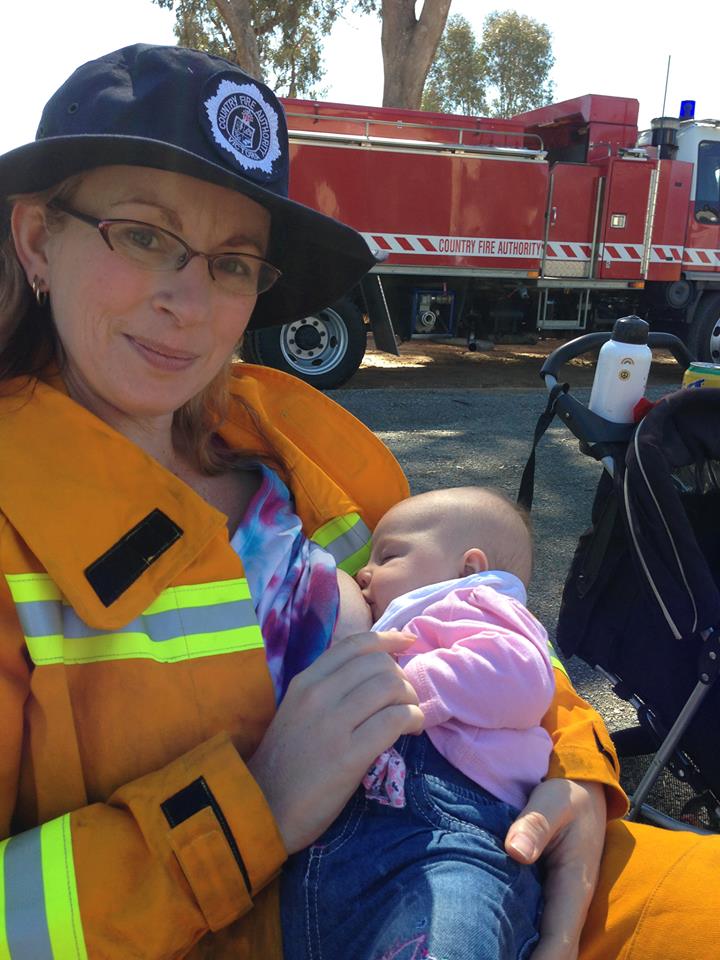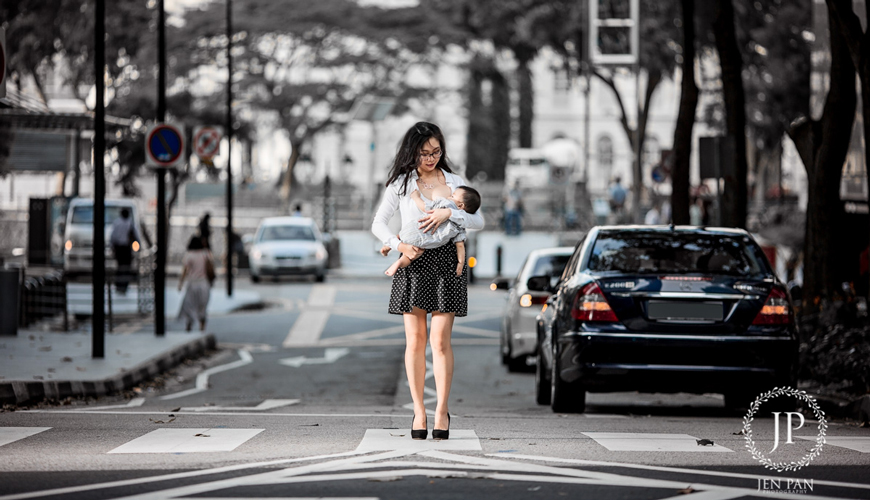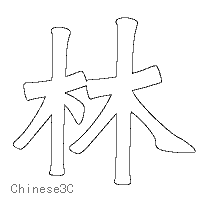A Look At Breastfeeding in Singapore: Trends, Practices and Support
So more women are breastfeeding, but where are they?
Confinement Practices
Many new mothers in Singapore follow traditional confinement practices. The new mother observes a period (between 30 and 44 days) of being confined to her home to rest following the birth of her baby, where she follows practices that protect her and her baby as well as enabling her to recover from the delivery. These practices vary between different ethnic groups and often include eating confinement foods that aid in recovery and boosting breastmilk supply. These traditional practices mean that many new mums don’t venture out with their new babies.
Where can mothers go for breastfeeding help in Singapore?
Unlike most European countries, Australia and New Zealand, Singapore has no routine follow-up care once mum and baby are discharged from hospital after birth. Given that most mums are discharged between 2 and 4 days after deliver, many experience breastfeeding challenges once they return home.
Hospitals
Many mothers are unaware that they can return to the hospital to see the lactation consultant there. The postpartum units also offer guidance on other babycare issues.
Paediatricians and polyclinic staff
Mums can access polyclinics or paediatricians to monitor the growth and well being of their babies. However, these professionals may not have received adequate breastfeeding training.
Social media and the Internet
Many mums rely on social media and Google to answer their questions on breastfeeding. It’s important that mothers check to see that the source of information is reliable as misinformation abounds online.
Breastfeeding Mothers’ Support Group of Singapore (BMSG)
The BMSG offers a telephone helpline and email counseling for mothers needing breastfeeding advice.
While these avenues are lifelines for many mothers, there are few options for face-to-face expert support after being discharged from the hospital. A small number of mothers choose to consult a private lactation consultant. This lack of support after returning home from hospital may be a contributing factor for why many mums giving up breastfeeding in the early weeks.
Breastfeeding in public?
There is no legal ruling about breastfeeding publicly in Singapore. Public breastfeeding is not against the law per se, but breastfeeding mums are also not legally protected.
The Breastfeeding Mother’s Support Group received clarification on nursing in public from the then Director of Public Affairs for the Singapore Police Force in 1999. In a letter, the SPF states that “It is not an offence to breastfeed in public if the woman is decently clad and she does not expose her breast more than is necessary to breastfeed her child.” The statement is somewhat subjective and is perhaps one of the reasons why mothers go to so much trouble to cover up when breastfeeding in public. As is the case for new mums all over the world, mothers here may be embarrassed and anxious about revealing any breast or post-pregnancy tummy, preferring to breastfeed in private.
NTUC has published a map of Public Nursing Rooms in Singapore and various other organisations (including us at Sassy Mama!) have also produced their own guides to finding appropriate breastfeeding rooms in Singapore.
Arguments on Breastfeeding in Public
The reasons of agreeing public breastfeeding:
- breastfeeding a baby is no different from other people eating in public places
- some babies do not like to take expressed milk in a bottle, they prefer to feed directly on their mom’s breasts
- not all places have breastfeeding areas, when a baby is hungry they must be fed wherever they are
- cannot make a baby wait especially when they are hungry
- cannot explain to a baby
- for many who have never fed a child, it can seem like a simple request. There are many reasons to be considered.
- raising a child helps the mother and baby bond as well as creating a healthy relationship between food and the child
- forcing a mother to cover her child up or go to a potentially dirty or uncomfortable space creates a negative association in the child’s mind between feeding and being uncomfortable
- breast exist fit for the nutrition of offspring
- the most important is that women should not be asked to change their behavior – especially behavior that is totally natural and often necessary – to accommodate the social comfort.
The reasons of against public breastfeeding:
- breastfeeding should not expose their breasts because its inappropriate, they should find a private place
- just bring expressed milk in a bottle
- why don’t just pump and bring their milk in bottles to feed the child? the breast milk has to be kept refrigerated after leaving the body and it’d be really inconvenient to have to lug around
- western world has sexualized breasts so much that it has made it a taboo subject
- breasts should be kept for the privacy of the home and the pleasure of a woman’s husband
We totally agree that the sexual purpose of breasts is to portray fertility however the practical purpose is to feed a women’s child. Arguing that a woman’s breasts should be kept private in order to honor her husband objectifies her and negates her choice as a woman to breastfeed. Another opinion is that they are uncomfortable with breastfeeding is not because women’s breast are extremely sexualized in our culture, but they are uncomfortable showing something that we as a society has deemed to be a private-behind closed doors- type of thing.
The point is often made that people “don’t want to see that”. “If you don’t want to see it, don’t look.” Beneath the self-important silliness of the argument, there is a layer of disrespect and inconsideration festering. Basically, we have to taught to be “treat others the way you want to be treated,” so if you want to be treated with respect, then you also need to respect others.
The responses from article,
“I understand breastfeeding is a natural thing, but just because it is a natural thing doesn’t mean everyone wants to see it. It was not for the reason of them being “sexualized,” just the simple fact that I was uncomfortable with it. It just seems lately that all the breastfeeding moms want is to be able to breastfeed in public comfortably, but they seem to attack other people who feel uncomfortable with it. All I’m saying is if you want people to respect your breastfeeding, then you need to respect the fact that not everybody is comfortable with it. “
Retrieved from
See How People React In This “Sexy Vs. Breastfeeding” In Public Social Experiment
Breastfeeding in Public
To Breastfeed in Public or To Not… That is the Question
7 Ignorant Things People Say About Breastfeeding…
Why Are Some People Against Breastfeeding in Public
Is public breastfeeding appropriate?
Expressing and storing breast milk

 I visualized the trash I throw away by classifying into three categories: the amount of trash I threw, the material of trash and the alternative way to handle the trash instead of throwing away.
I visualized the trash I throw away by classifying into three categories: the amount of trash I threw, the material of trash and the alternative way to handle the trash instead of throwing away.